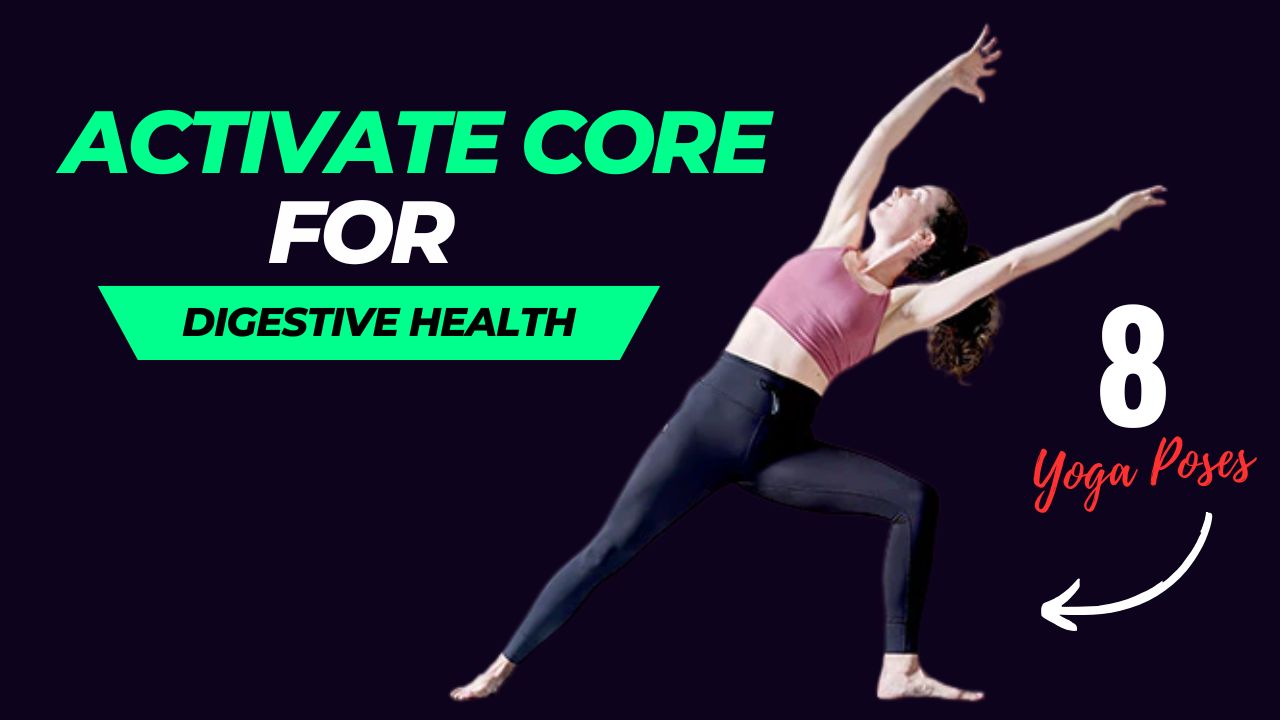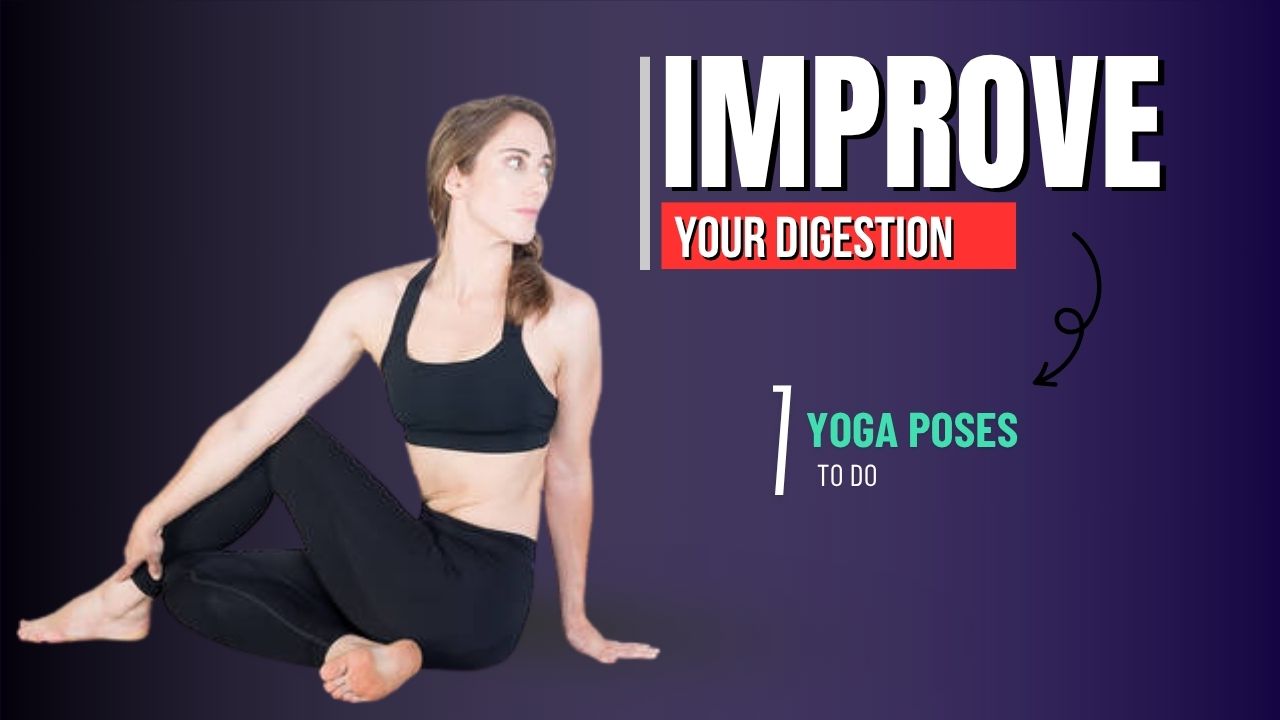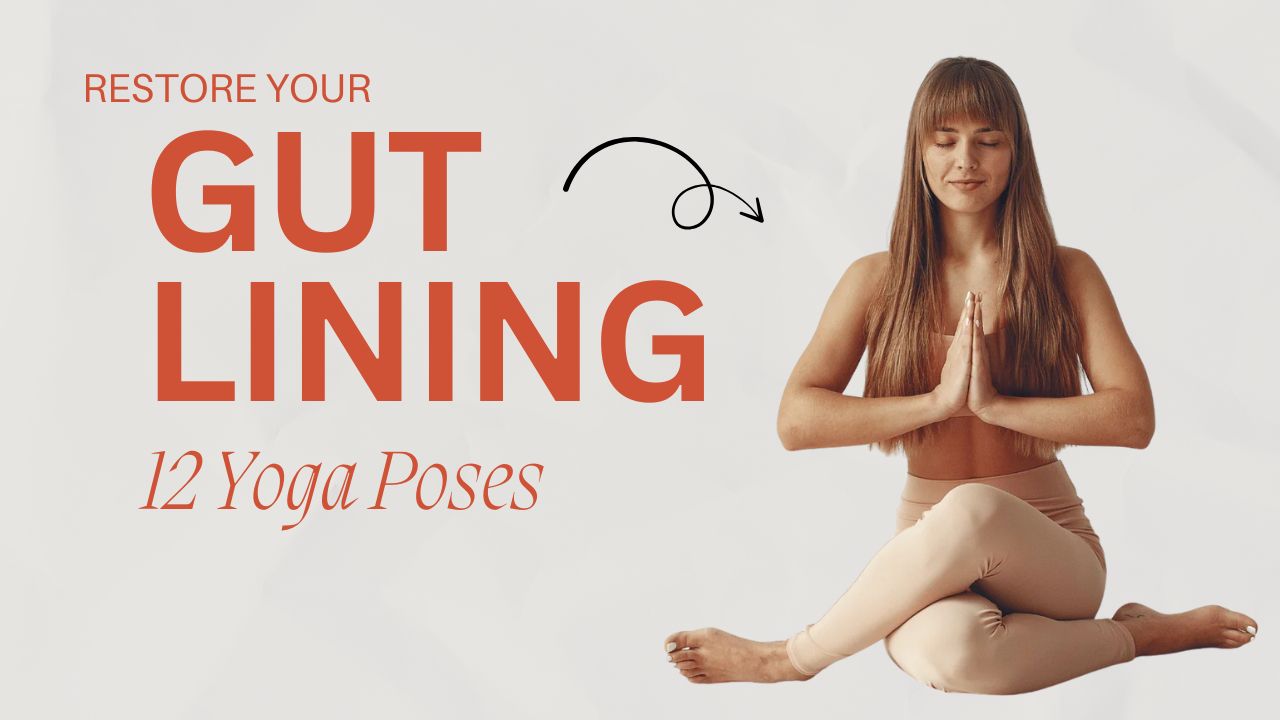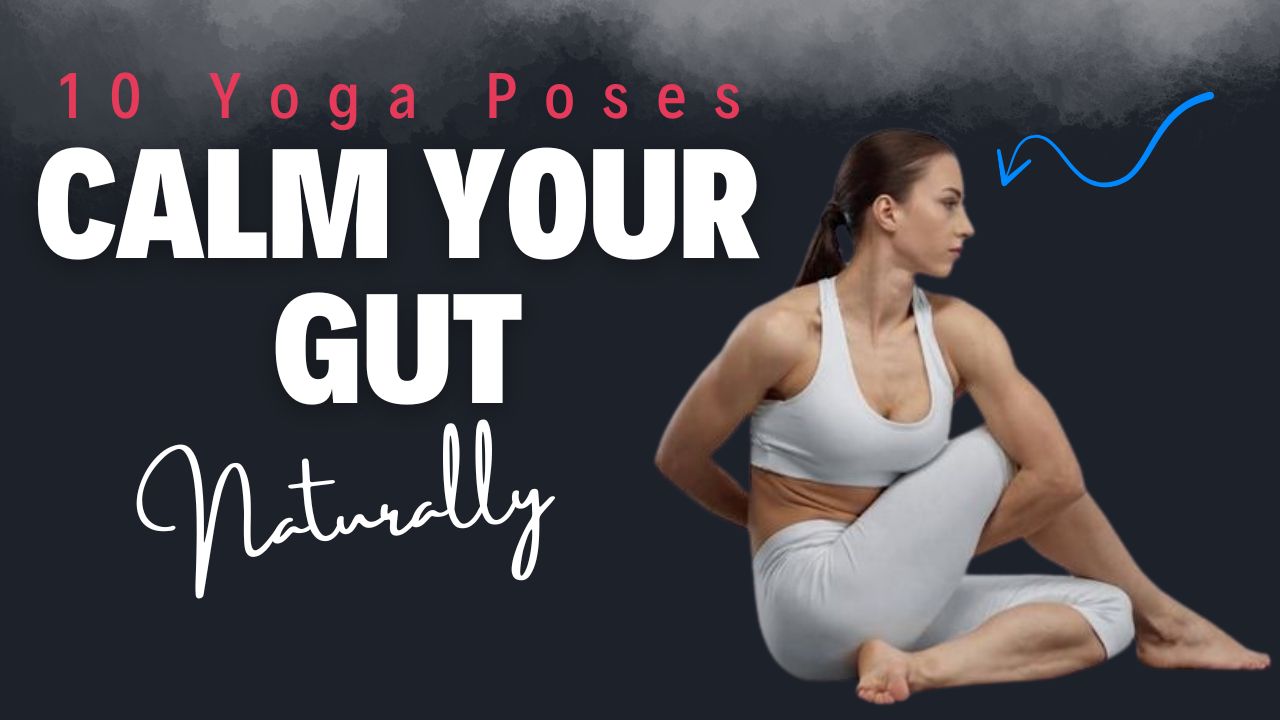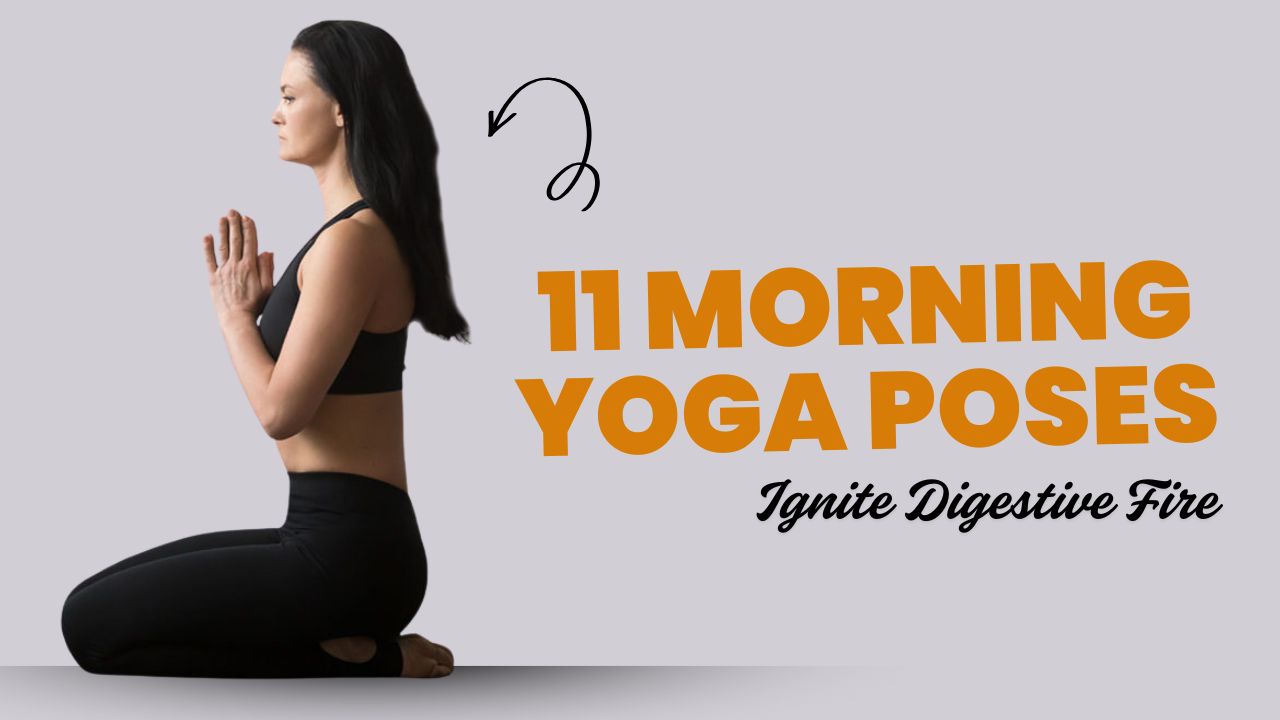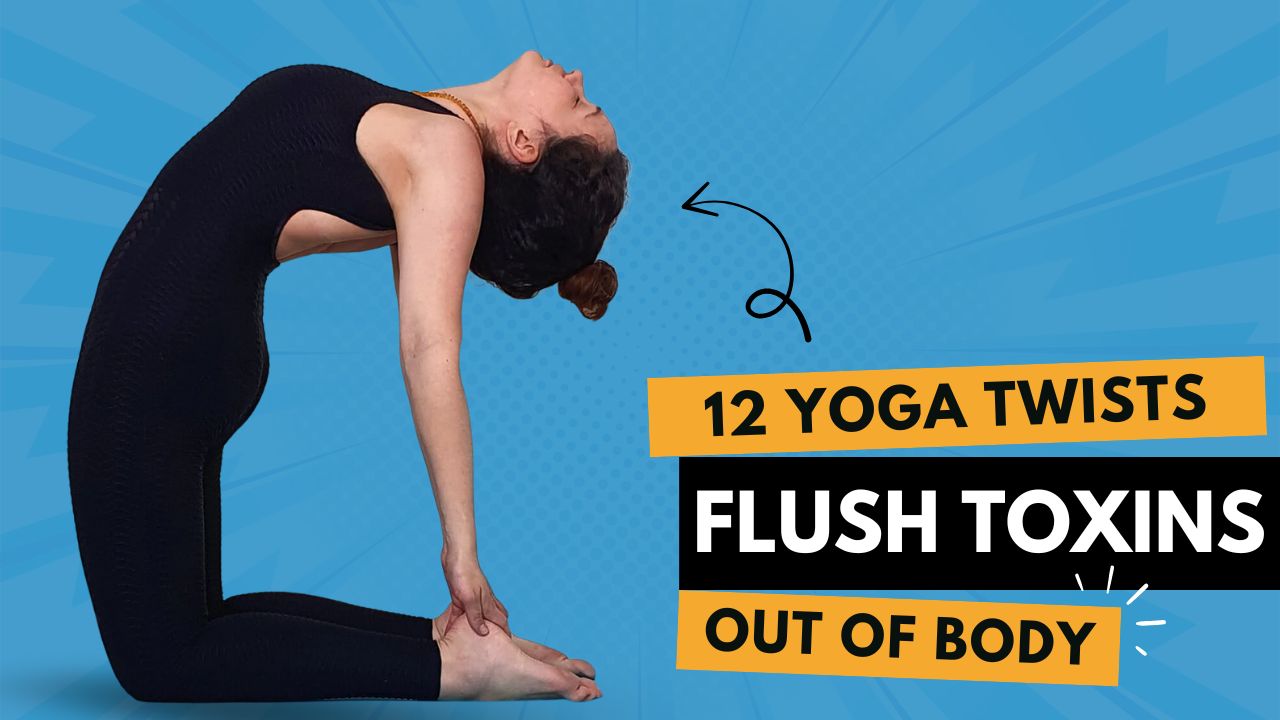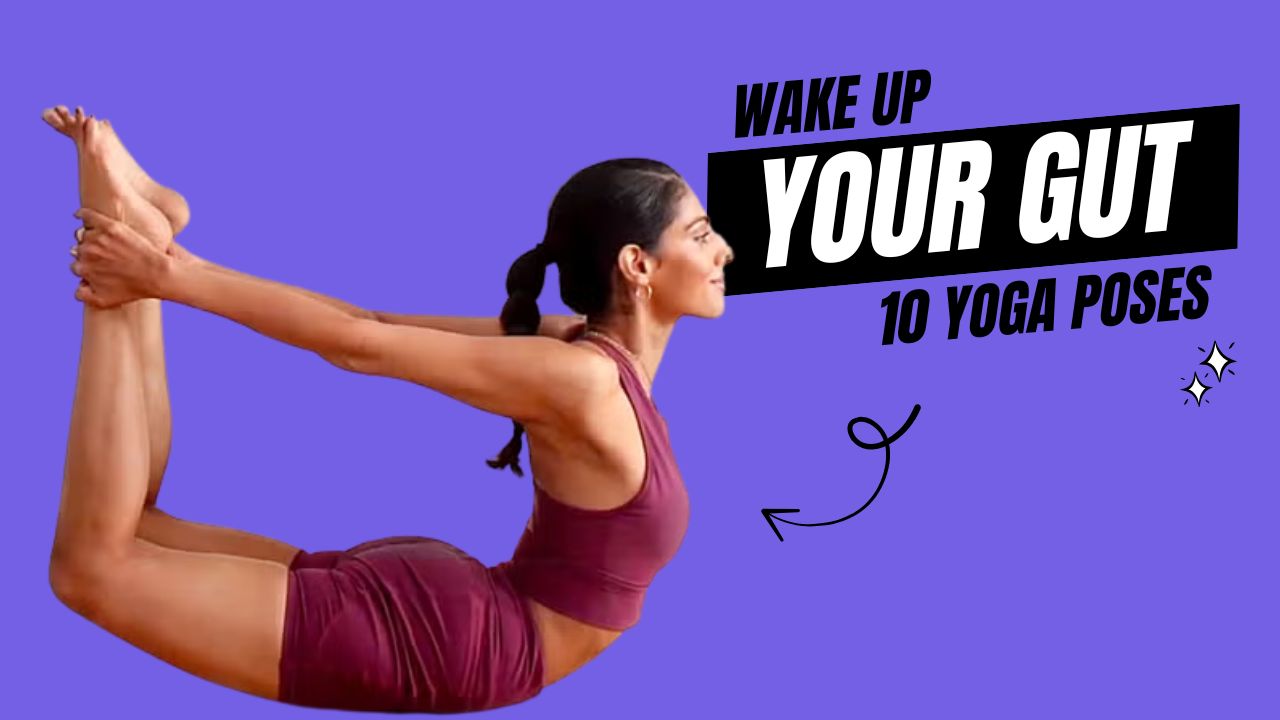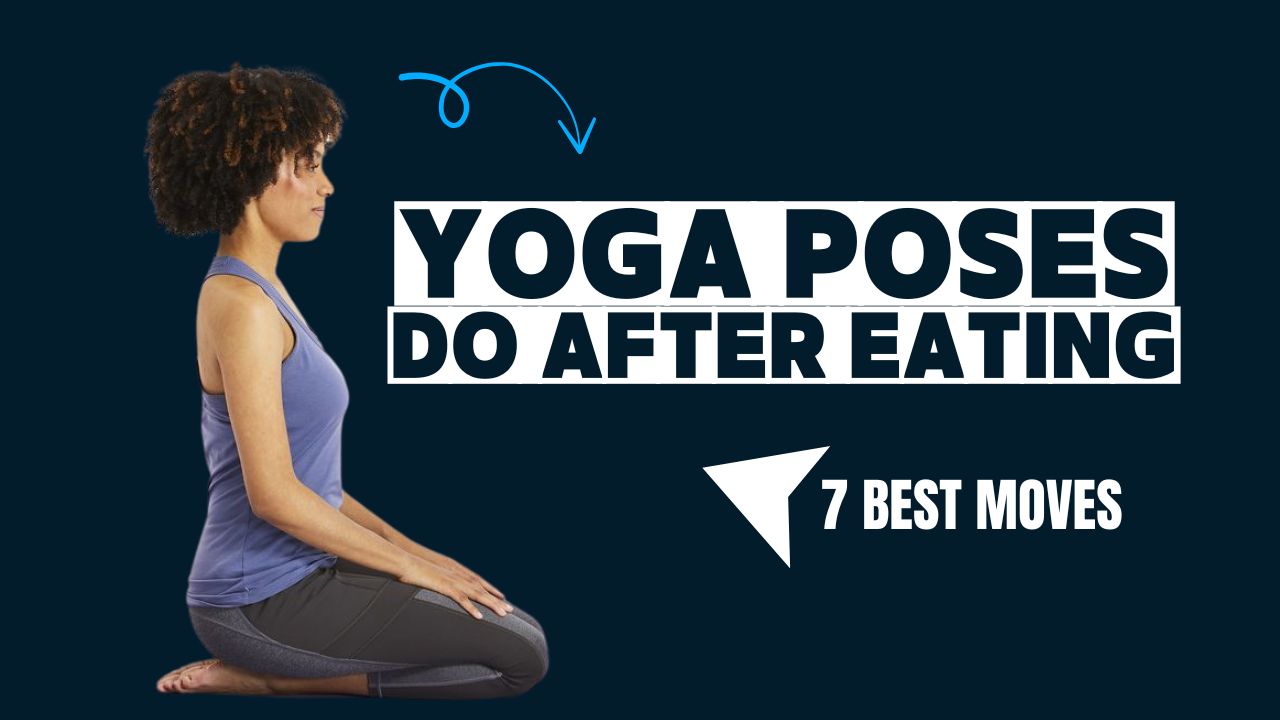Do you know that gentle movement—especially yoga—can stimulate digestion and offer quick relief from bloating? While most people reach for over-the-counter solutions, yoga offers a powerful, natural remedy.
In fact, certain poses gently massage your internal organs, helping trapped gas move through your digestive tract. The result? Reduced discomfort, less pressure, and a noticeably flatter-feeling belly—often in just minutes.
In this post, we’ll walk you through 10 gentle, beginner-friendly yoga poses designed specifically to target bloating, gas, and digestive sluggishness. No advanced skills needed—just a mat, a quiet space, and a few moments of intentional breath.
Let’s get started.
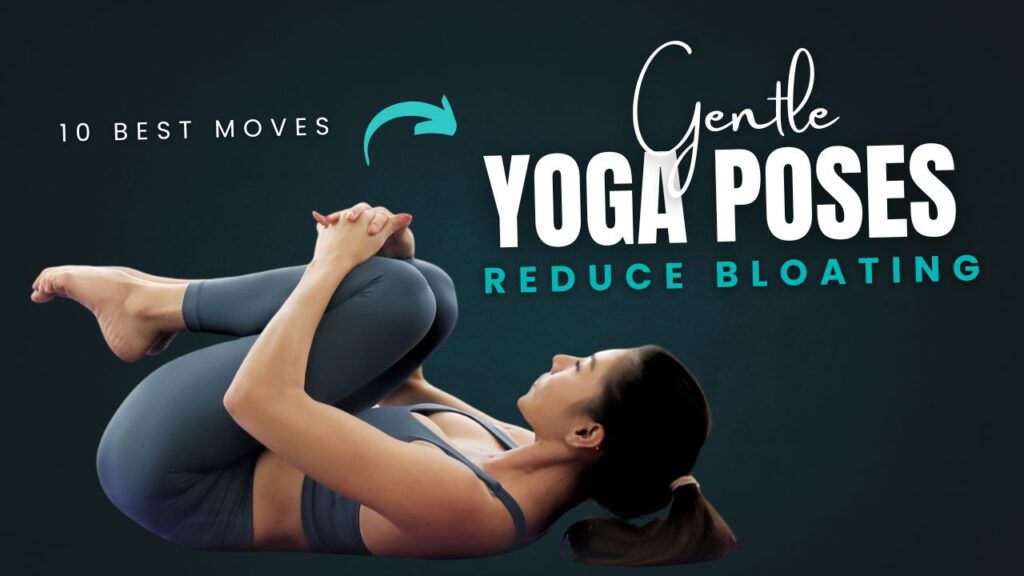
Table of Contents
What Can Happen After 30 Days of These Yoga Poses
| Results After 30 Days | Description |
|---|---|
| Reduced Bloating | Regular twisting and compression help move gas and aid digestion |
| Improved Digestion | Daily movement stimulates gut motility and supports smoother bowel movements |
| Flatter-Looking Stomach | Less trapped air and bloating leads to a visibly flatter abdomen |
| Increased Core Comfort | Gentle abdominal engagement eases tension and discomfort in the belly area |
| Better Posture | Core-focused poses naturally correct slouching and support spinal alignment |
| Calmer Nervous System | Deep breathing and relaxation reduce stress—a major bloating trigger |
| Enhanced Body Awareness | More sensitivity to what foods or habits trigger bloating |
| Consistent Self-Care Routine | Committing to a simple practice encourages mindfulness and long-term wellness |
Do & Don’t: Yoga for Bloating Relief
| Do | Don’t |
|---|---|
| Practice yoga on an empty or semi-empty stomach | Avoid doing yoga immediately after a large meal |
| Breathe deeply and slowly through your nose during each pose | Don’t hold your breath during any posture |
| Use props like blankets or bolsters for added comfort if needed | Don’t force your body into discomfort or pain |
| Hold poses gently and listen to your body | Don’t rush through the sequence—move mindfully |
| Choose relaxing, twisting, or compressive poses | Avoid intense core exercises or deep backbends when bloated |
| Practice regularly (3–5 times a week) for lasting digestive support | Don’t expect permanent results from just one session |
| Stay hydrated throughout the day to support digestion | Don’t consume carbonated or sugary drinks before your practice |
| Rest in Child’s Pose or Legs-Up-the-Wall if you feel tired | Don’t push through fatigue or discomfort |
10 Yoga Poses To Instantly Reduce Bloating
1. Wind-Relieving Pose (Pawanmuktasana)
Why it helps: As the name suggests, this pose helps release trapped gas and improves digestion by applying gentle pressure to the abdomen.
How to do it:
- Lie flat on your back.
- Inhale deeply, then bring your right knee to your chest.
- Wrap your hands around your shin, keeping the left leg extended.
- Hold for 30–60 seconds, then switch sides.
- For deeper pressure, hug both knees to your chest and gently rock side to side.
2. Seated Forward Bend (Paschimottanasana)
Why it helps: This forward fold compresses the abdominal region, which can stimulate the intestines and relieve bloating.
How to do it:
- Sit with legs extended straight in front of you.
- Inhale, lengthen your spine.
- Exhale, hinge at your hips to fold forward, reaching for your feet.
- Hold for 30 seconds to a minute while breathing deeply.
- Focus on softening your belly as you exhale.
3. Cat-Cow Stretch (Marjaryasana-Bitilasana)
Why it helps: These two poses work together to stimulate the gut and reduce gas by moving the spine and abdominal area rhythmically.
How to do it:
- Begin on hands and knees in a tabletop position.
- Inhale: arch your back, lift your tailbone and gaze up (Cow Pose).
- Exhale: round your spine, draw your chin to chest (Cat Pose).
- Continue this flow for 1–2 minutes, linking each movement with breath.
4. Supine Twist (Supta Matsyendrasana)
Why it helps: Twisting massages the intestines and can move trapped air through the colon.
How to do it:
- Lie on your back with arms extended out to the sides.
- Bring your knees to your chest.
- Drop them to one side while keeping shoulders grounded.
- Hold for 1–2 minutes, then switch sides.
- Breathe deeply into your belly.
5. Child’s Pose (Balasana)
Why it helps: A restful pose that encourages relaxation and gently compresses the abdomen to stimulate digestion.
How to do it:
- Kneel on the floor, touch your big toes together, and sit on your heels.
- Fold forward, extending arms in front or alongside the body.
- Let your forehead rest on the mat.
- Stay for 1–3 minutes, breathing slowly and deeply into your belly.
6. Knees-to-Chest Pose (Apanasana)
Why it helps: Apanasana is often used to relieve lower abdominal tension and gas.
How to do it:
- Lie on your back.
- Bring both knees to your chest.
- Wrap your arms around your shins and gently squeeze.
- Rock side to side if it feels good.
- Stay for 1–2 minutes while breathing into the belly.
7. Bridge Pose (Setu Bandhasana)
Why it helps: This mild inversion stretches the abdomen and encourages movement in the digestive tract.
How to do it:
- Lie on your back with knees bent, feet hip-width apart.
- Press into your heels and lift your hips upward.
- Clasp your hands beneath your back for support.
- Hold for 30 seconds to 1 minute, then slowly lower down.
8. Reclining Bound Angle Pose (Supta Baddha Konasana)
Why it helps: This deeply relaxing pose opens the belly and hips, easing physical and emotional tension linked to digestive discomfort.
How to do it:
- Lie on your back, bend knees, and bring soles of feet together.
- Let knees fall open naturally to the sides.
- Place your hands on your belly and heart.
- Close your eyes and stay for 3–5 minutes, focusing on slow, mindful breath.
9. Cobra Pose (Bhujangasana)
Why it helps: Gently stretches the abdomen and stimulates organs, aiding in digestion and relieving sluggishness.
How to do it:
- Lie on your stomach with hands under your shoulders.
- Inhale, press into palms, and lift your chest while keeping elbows slightly bent.
- Keep hips grounded and shoulders relaxed.
- Hold for 20–30 seconds and repeat if desired.
10. Legs-Up-the-Wall (Viparita Karani)
Why it helps: Though passive, this pose improves circulation and lymphatic flow, which can ease bloating and digestive congestion.
How to do it:
- Sit beside a wall, lie down, and extend your legs up against it.
- Let arms rest by your sides.
- Stay in the pose for 5–10 minutes.
- Focus on belly breathing and letting go of tension.
Final Thought: Movement as Medicine
Interesting fact: Many cultures have long understood the connection between movement and digestion.
In traditional Chinese medicine and Ayurveda, stagnation in the gut is believed to cause bloating, fatigue, and even anxiety. Yoga offers a way to “unstick” that energy and promote healthier digestion, naturally.
Whether your bloating is due to stress, diet, or hormonal shifts, these poses can provide quick relief and support long-term gut health.
Make them part of your daily or weekly self-care routine—especially after meals or during menstrual cycles.
Frequently Asked Questions (FAQs)
Can yoga really help reduce bloating?
Yes, yoga can be highly effective in relieving bloating. Specific poses apply gentle pressure to the abdominal area, stimulate digestion, help release trapped gas, and calm the nervous system—which all contribute to reduced bloating and discomfort.
How often should I do these poses to see results?
You can do these poses daily, especially when feeling bloated. For best results, practicing 15–20 minutes per session, 3–5 times a week, can significantly support digestion and reduce bloating over time.
When is the best time to do yoga for bloating relief?
It’s most effective either in the morning to stimulate digestion or a few hours after a meal when bloating typically occurs. Avoid practicing immediately after eating, as twisting and compressing the stomach too soon can cause more discomfort.
Do I need any equipment to do these poses?
No special equipment is required—just a yoga mat. However, you may find a bolster, folded blanket, or yoga block helpful for added comfort and support in poses like Supta Baddha Konasana or Legs-Up-the-Wall.
How long should I hold each pose for maximum benefit?
Aim to hold each pose for 30 seconds to 2 minutes, depending on comfort. For restorative poses like Legs-Up-the-Wall or Reclining Bound Angle, you can hold them for 5–10 minutes to fully relax and activate the parasympathetic nervous system.
Can beginners do these yoga poses safely?
Absolutely. These poses are gentle, beginner-friendly, and low-impact, making them ideal for anyone—even if you’ve never done yoga before. Always listen to your body and avoid pushing into discomfort.
Are there any poses I should avoid when bloated?
Avoid intense core work or deep backbends, as they may add pressure to the digestive organs. Stick to gentle, compressive, and twisting poses that support the natural movement of the gut.
Can I use these poses during my period to relieve bloating?
Yes, these poses are excellent for period-related bloating. Many of them are calming, reduce cramps, and ease abdominal pressure. Child’s Pose, Supine Twist, and Reclining Bound Angle are especially helpful during menstruation.
How quickly will I feel relief from bloating?
Some people experience relief within minutes, especially after poses like Wind-Relieving Pose or Supine Twist. However, for lasting digestive support, consistent practice over days or weeks is key.
What else can I do along with yoga to reduce bloating?
Along with yoga, consider drinking warm water, avoiding carbonated drinks, eating slowly, and managing stress. Combining lifestyle adjustments with yoga can make a noticeable difference in your digestive comfort.

